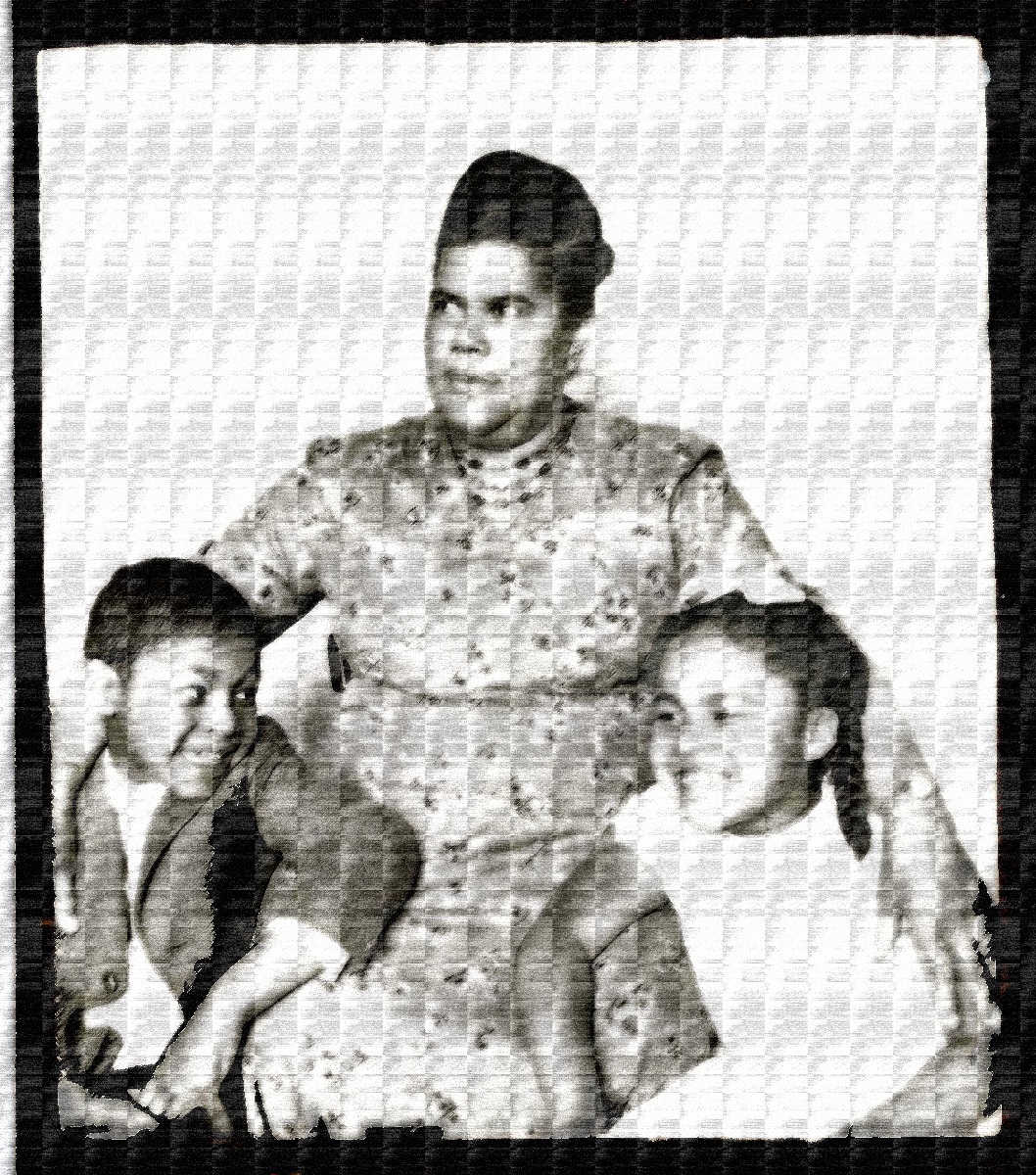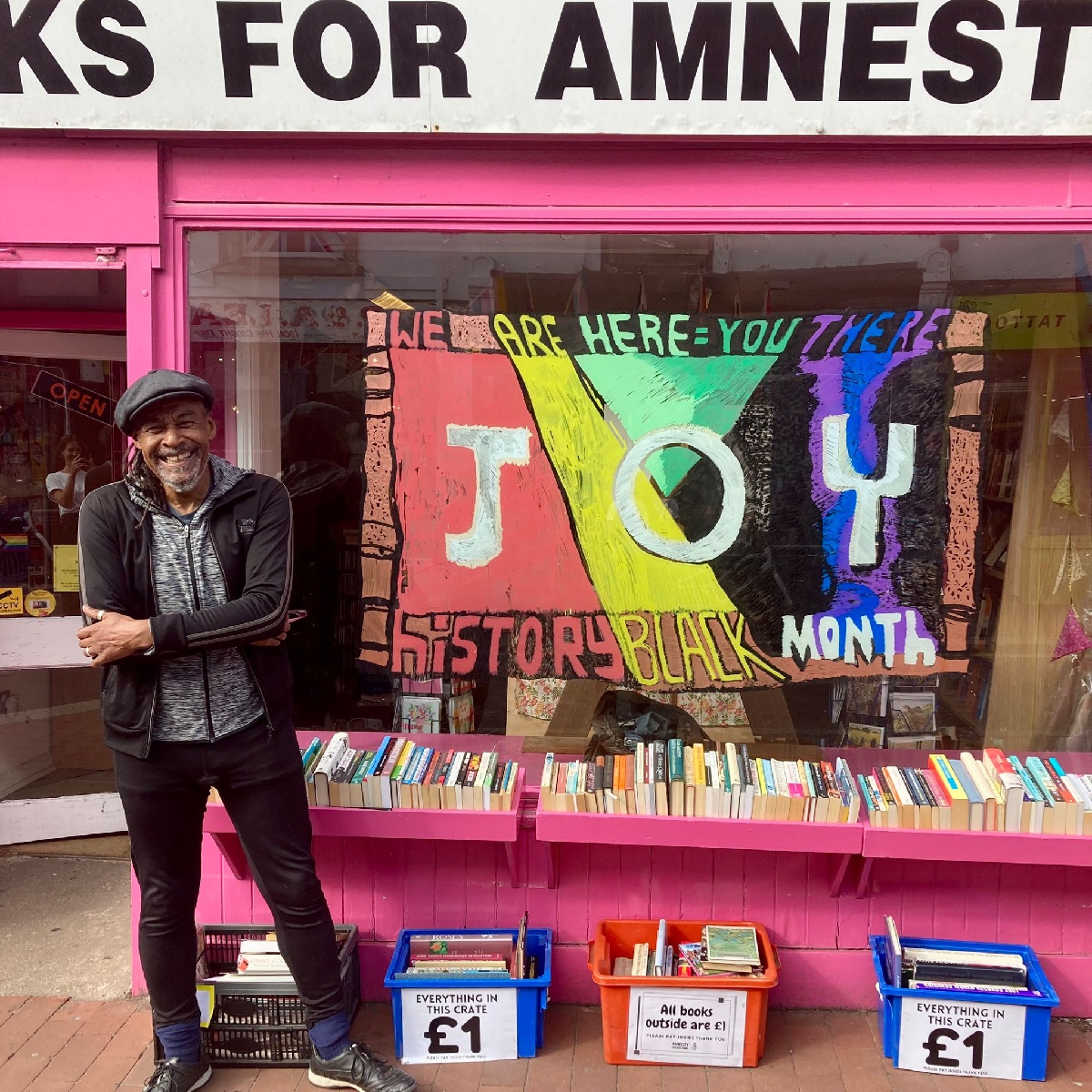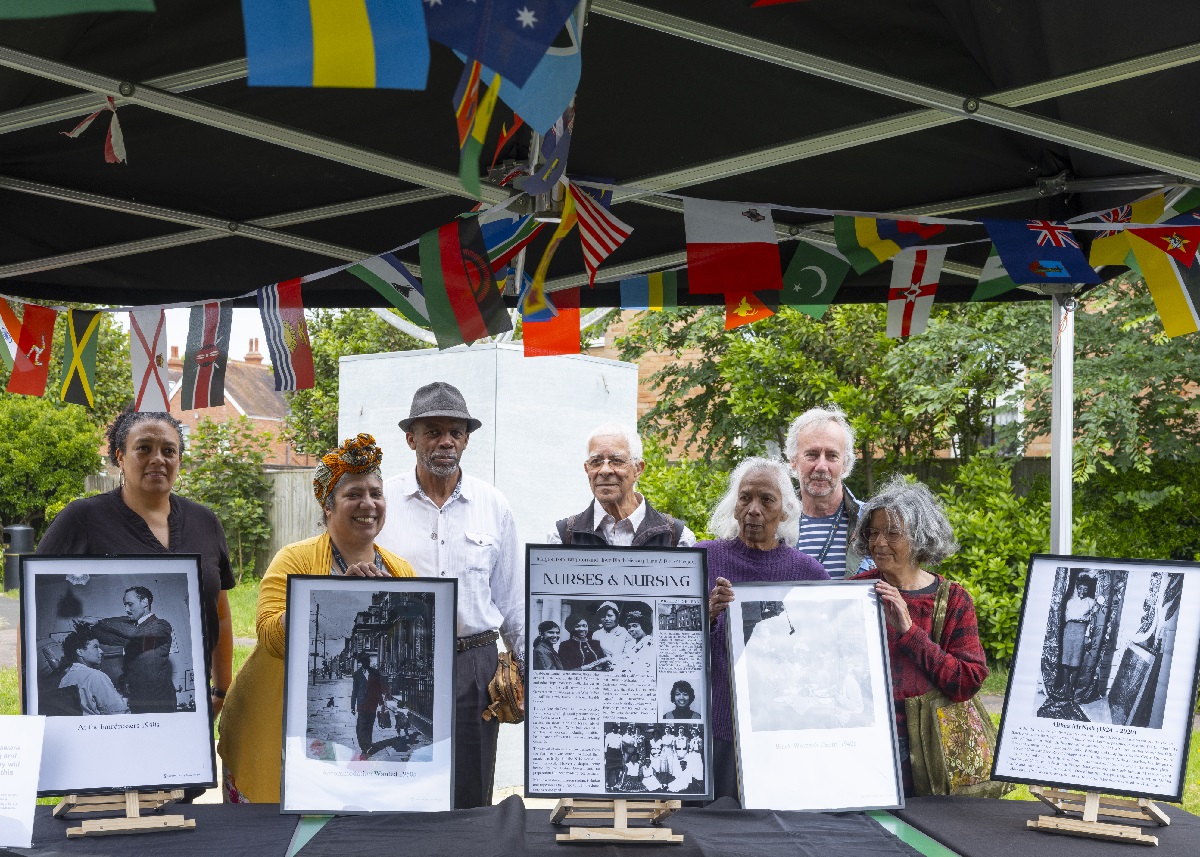Windrush Era and Beyond: Edi J Mandala
The ‘Windrush Era and Beyond’ project shares the powerful stories of Windrush-era migrants and their descendants. Read the transcriptions of the oral histories collected from the project.

Football
A guy called Clyde Best – the first Black footballer on television playing for me was West Ham and there was Clyde Best, tall 6’2, big header, good dribble, good feet, good speed. I wouldn’t have minded playing like him, really good – could shoot from a distance. And I thought ‘I must go see this guy!’…
I saw Bobby Moore as well, who was in a culture of his own – people like that. And also, Westham City needed peoples. Arsenal, I didn’t like the military… you know, guns. I liked the hammers *laughing* forging! *laughing* And the claret and blue. I’m an artist – and [that] claret and blue… I have always been confused why those colours work… and it does work anyway. I don’t know why… But I was stuck.
And the first time I got a motorbike, it was the first place I went. It was West Ham. I would go across town… Nineteen… I was about nineteen… I’ve got to admit though. I went to the first game. It was against Millwall, and I had the whole fans behind me. Imagine twenty thousand white people swearing at you behind your back as you’re watching the game, and you see, and you hear someone touch the ball and you hear it. I didn’t go for about a year, but I loved the game. What I used to do. I would wear a chain, a metal chain, around my belt pretending it was a belt in case I needed to protect myself and fortunately I didn’t need it. The police stopped me a few times but yes in the 70s it was more violent than it is now what people thought was acted out much more then.
(But) I loved it. I just loved the game. I’m still playing now in my old age – you know it’s crazy.

Culture
Culture was a beautiful thing we would have visitors from Tanzania, Kenya, Jamaica, people who had just come back from Panama building the canals and they would bring back all the food, everything with them. Mangoes, amazing fruits, all these different fruits they’d bring over and we didn’t understand where they were saving this fruit to bring over… You know, keeping it twelve days on a boat and it was because it was precious.
And I come back from St Lucia a few weeks ago and what was amazing was the mangoes everywhere on the floor. I could believe why they thought there was gold everywhere on the streets in England because there was gold everywhere on the streets in St Lucia – just falling from the trees. You’re standing under a tree then *imitates a mango falling on his head*. Sweet mango. Five different types of different tastes of mango. Fruit. Food.
This is how we celebrated our culture. Sitting around and talking. Laughing. Dancing. That’s how we experienced it. My memories of my grandma is dancing with her. She was eighty. My memories of each of my family is dancing and laughing… We celebrated our diversity every moment without even knowing it. In the taste of a – crumbling fried dumpling. It’s the process of remembrance. Eating coconut candy, which my grandma used to make with syrup. And when I was in St Lucia, they were selling them in the supermarket, and I smelt it and just came to tears.
